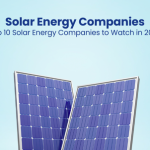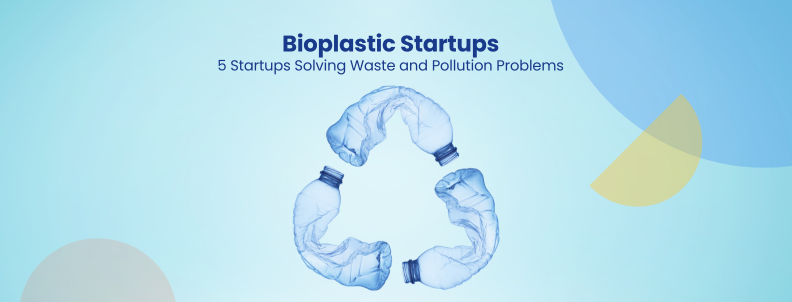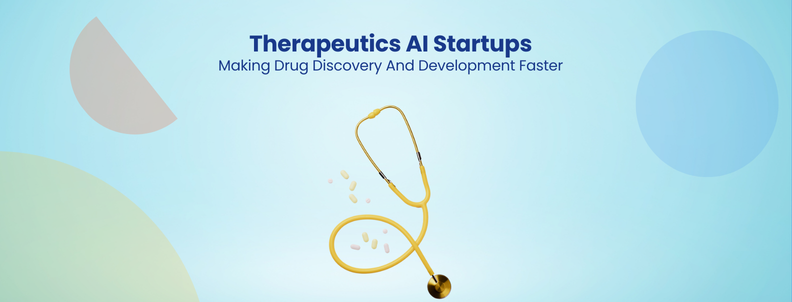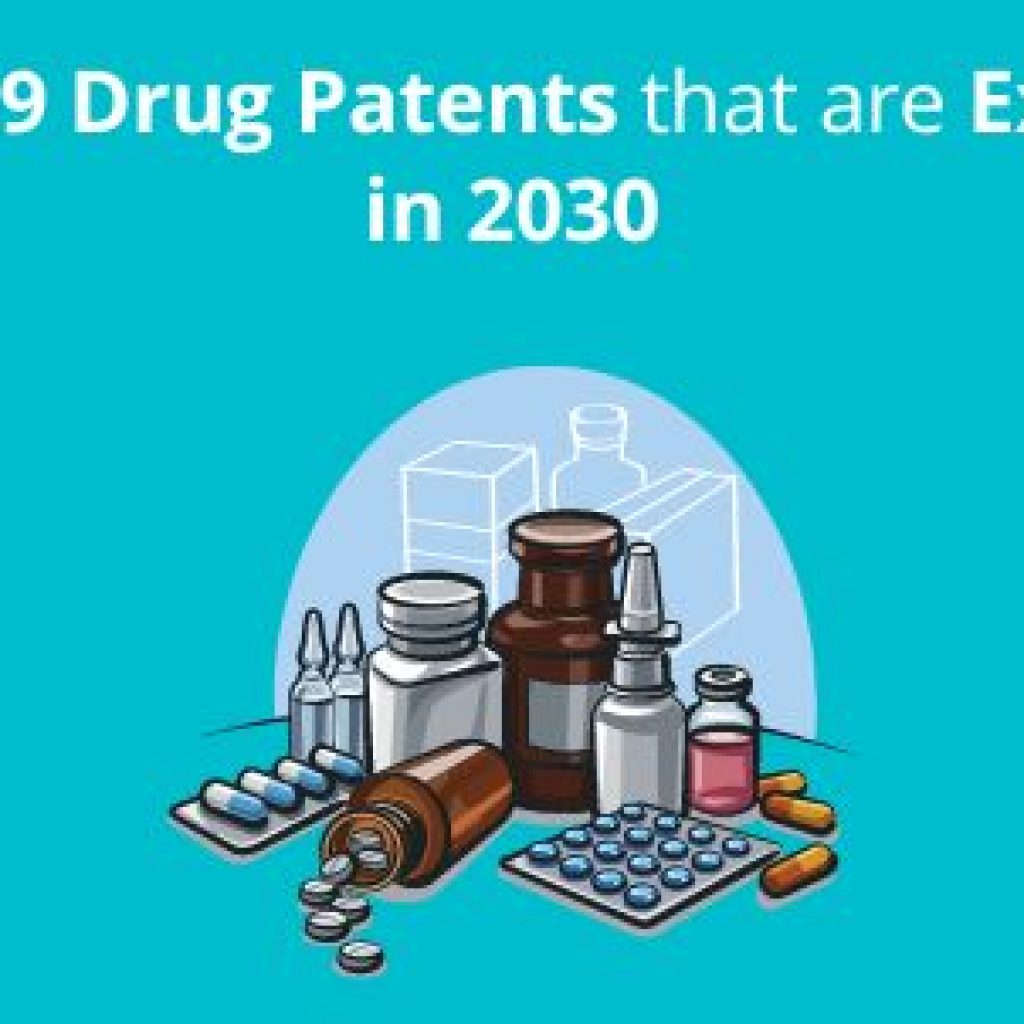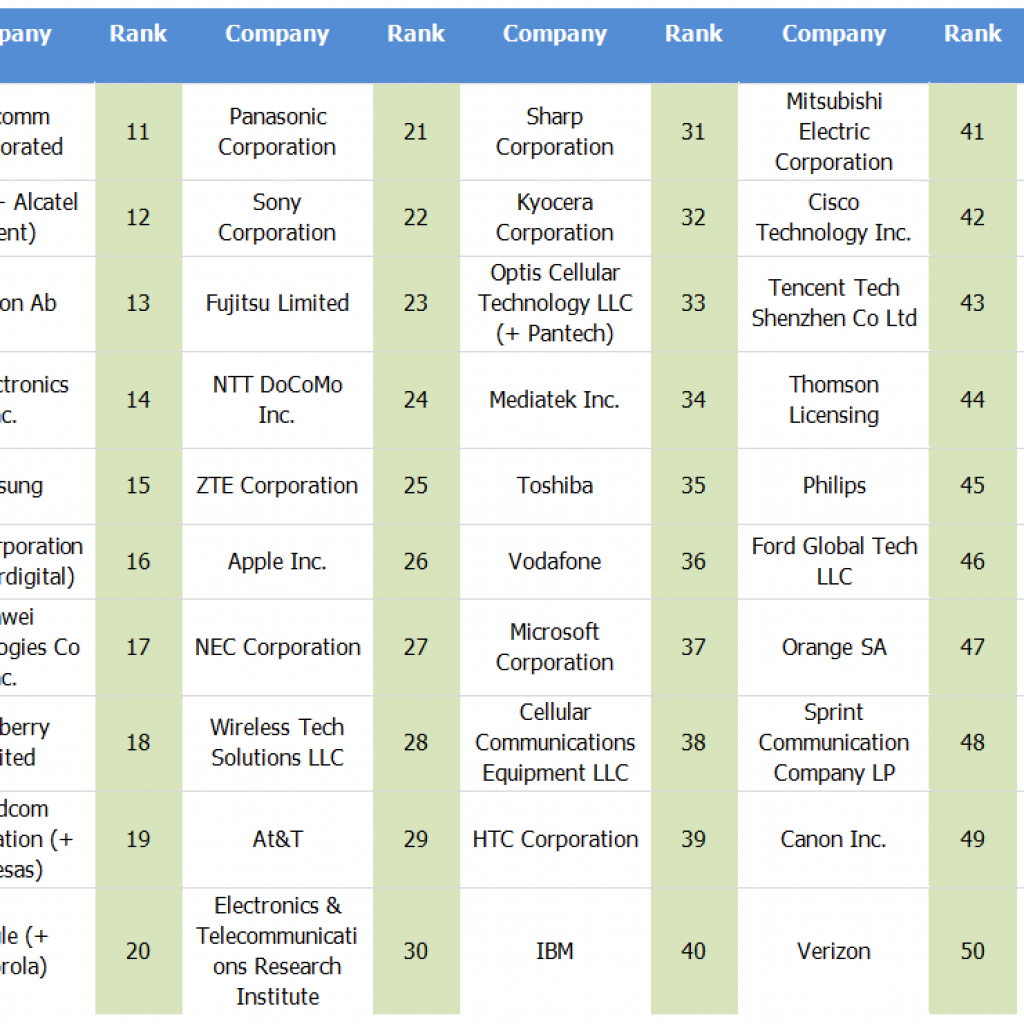Believe that your 7-10 hours of daily video streaming is harmless? Think again.
On average, you may contribute approximately 1.10 kg of CO2 per day—equivalent to driving a car nearly 7 kilometers. Over the course of a year, that adds up to a staggering 401.5 kg of CO2—about the same as burning 174 liters (46 gallons) of gasoline.
In 2019 alone, online video streaming was responsible for emitting approximately 300 million tons of CO2, roughly equivalent to Spain’s annual emissions. This rapid growth in video consumption requires enormous amounts of energy to transmit and store, contributing significantly to global carbon emissions.
How do Video Codecs Come into Play?
Streaming 4K videos can require up to 7 GB per hour, and HD videos around 3 GB per hour. With an average user streaming several hours daily, a household easily consumes 500 GB or more of data monthly for video streaming. As a result, data centers, networks, and devices require large amounts of energy to transmit and store this data.
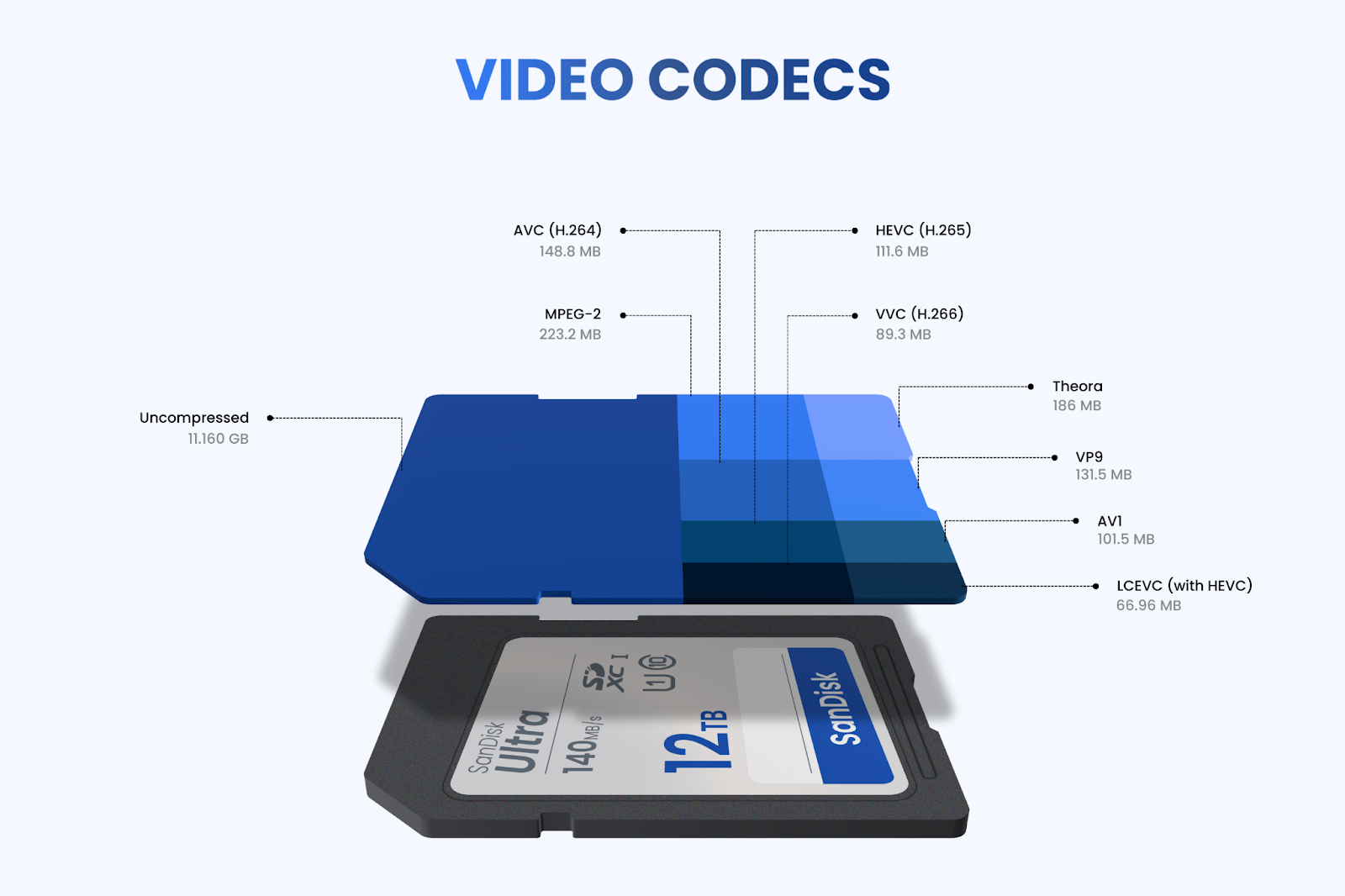
Adopting more efficient video codecs, such as VVC or LCEVC, will dramatically reduce the data required for streaming and storage by 30% to 50%. Therefore, these next-gen codecs will lower energy usage across data centers, transmission networks, and user devices. This will lead to a significant reduction in CO2 emissions while enhancing data usage efficiency.
Let’s explore this potential and examine what’s keeping companies from fully adopting these technologies.
The Role of Video Codecs in Reducing Carbon Emissions
According to Dan Patton, Vice President of the Content Delivery Network at Ateme, HEVC already significantly reduces file sizes—up to 50% compared to its predecessor, H.264—while preserving comparable video quality.
VVC, in particular, can deliver around 30% to 50% better compression efficiency than HEVC. For instance, if a user regularly streams HD content at 3 GB per hour, switching to VVC could decrease this by 900 MB of data each hour, roughly the size of two full-length movies.
This will save approximately 2.2 terabytes (TB) of data per user over a year, which is the equivalent of avoiding the transfer of 500,000 high-quality photos. This will reduce internet service costs and lower the overall energy needed for data transmission—equivalent to powering an average refrigerator for nearly six months.
Saving Storage Resulting In The Financial Benefits
Robert Moore, a video codec expert and attorney, said Apple had previously invested over $30 million in storing 8 million terabytes of user data on iCloud, much of which consisted of video content.
By transitioning to VVC, which offers around 50% better compression than HEVC, Apple might have potentially saved up to $10 million in storage costs, highlighting the financial and environmental benefits of more efficient codecs.
What’s Holding Back the Adoption of Next-Gen Video Codecs?
Even though industries such as broadcasting, streaming, and gaming will benefit from codecs like H.266, they face two main challenges: integrating a new codec with existing hardware systems and the complex licensing dynamic.
The global consumer electronics market has billions of devices, which include mobile phones, TVs, and streaming devices. Updating these devices to support H.266 would incur significant hardware development and manufacturing costs, including redesigning processors, decoders, and multimedia chipsets. A huge wave of manufacturing and supply of new codec-equipped devices must flood the market. The impact must hit every domain of implementation – streaming, screening, gaming, editing, etc.
Next comes the multi-fold licensing dynamic in the field of video codecs. Licensing pools will continue to be indispensable for the seamless acceptance and implementation of a new codec.
Saving the Environment with LCEVC
A simpler and eco-friendly alternative introduced by V-Nova in 2020 is LCEVC (Low Complexity Enhancement Video Coding). This new video coding standard improves the efficiency of existing codecs like H.264 and VP9 by employing a lower-resolution base layer alongside an enhancement layer.
The Base layer provides a lower resolution version of the video, which requires less bandwidth and computational power to encode and decode. The Enhancement layer is used to add detail and quality to the base layer, allowing for high-quality video playback.
By combining these layers, LCEVC enhances the video quality without significantly increasing the computational load, making it more efficient and suitable for various applications, especially in situations with constrained resources.
This layered approach allows LCEVC to achieve high-quality video streaming with less data and significantly reduced processing power, making it both energy-efficient and compatible with a wide range of devices. As a result, it provides a smoother transition for industries that want to improve video quality without needing to replace existing hardware or invest in extensive upgrades to infrastructure.
According to research from the University of Bristol, LCEVC can reduce energy consumption by up to 40% compared to H.264. Furthermore, a study by the Fraunhofer Institute noted a 32% reduction in energy use compared to VP9, illustrating that LCEVC can enhance energy efficiency substantially. [Coconut Article]
While comparing the processing levels of multiple codecs, a 2021 study from Streaming Media commented that LCEVC hits the trifecta, delivering better quality than full-rez x265 in 30% of the encoding time with the same or better playback efficiency.
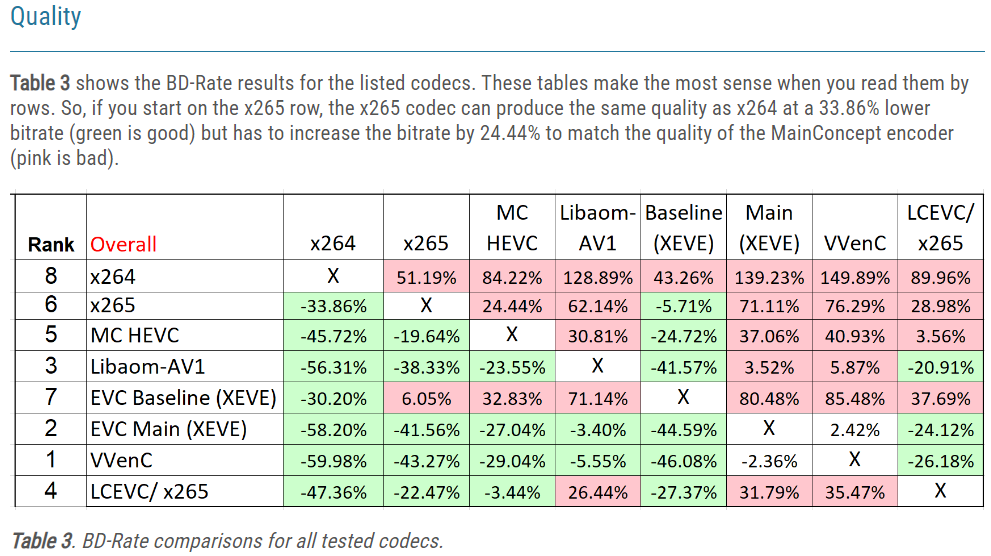
Conclusion
As the demand for video content continues to grow, it is crucial to address the challenges of adopting new video codecs to reduce data usage and lower the digital world’s carbon footprint. One key hurdle is understanding and managing the licensing process associated with these technologies.
To address this, it is important to use True Essentiality Checks, conduct thorough patent portfolio analysis, and gain insights into patents’ strength and monetization potential in the video codec field.
Fill in the form below to ensure you make informed decisions regarding patenting and licensing next-generation technologies for a more efficient and environmentally friendly digital future.
Authored by: Raima Ghosh, Supreet Kaur and Annie Sharma




